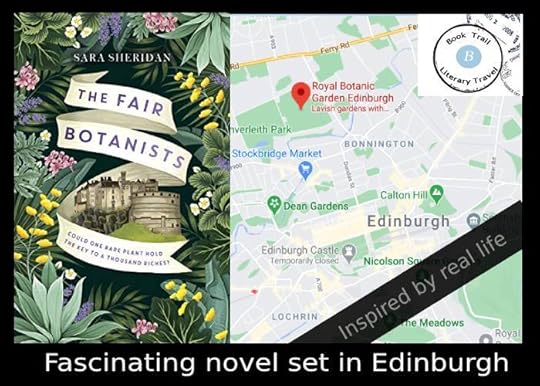What do you think?
Rate this book


384 pages, Paperback
First published August 5, 2021
It is Michael O’Halloran who notices the theft. A grave Irishman from Donegal, he considers himself lucky to be employed by the Garden rather than on a building site, but his uncle is head gardener at a big house near Stranraer and managed to secure him the position.
In Great King Street Mr Graham’s man enters the bedroom and wakes the master. The Graham’s keep separate rooms, with the lady housed in larger accommodation to the rear where a mahogany four-poster is upholstered in sky-blue, fringed damask. Mr Graham sleeps in his dressing room on a single bed with a window to the street. He visits Mrs Graham once a month for they have been married for many years and he does not like to impose. This arrangement is of his choosing and is entirely acceptable to him.
In darkness, Belle sips her tea from a Rathbone china cup with dusky roses around the rim.
… Downstairs, she waits for Clementina, as the corseting on the old woman’s frocks takes a good twenty minutes to secure.
‘…“Can I offer you some pie? I have an appetite.”
“Ta. But naw.” Mhairi has broken her fast with a bowl of porridge, a dollop of cream and two glasses of milk.’
“I must have eaten a bad egg,’ McNab replies. But he has not eaten any egg, good or bad.
